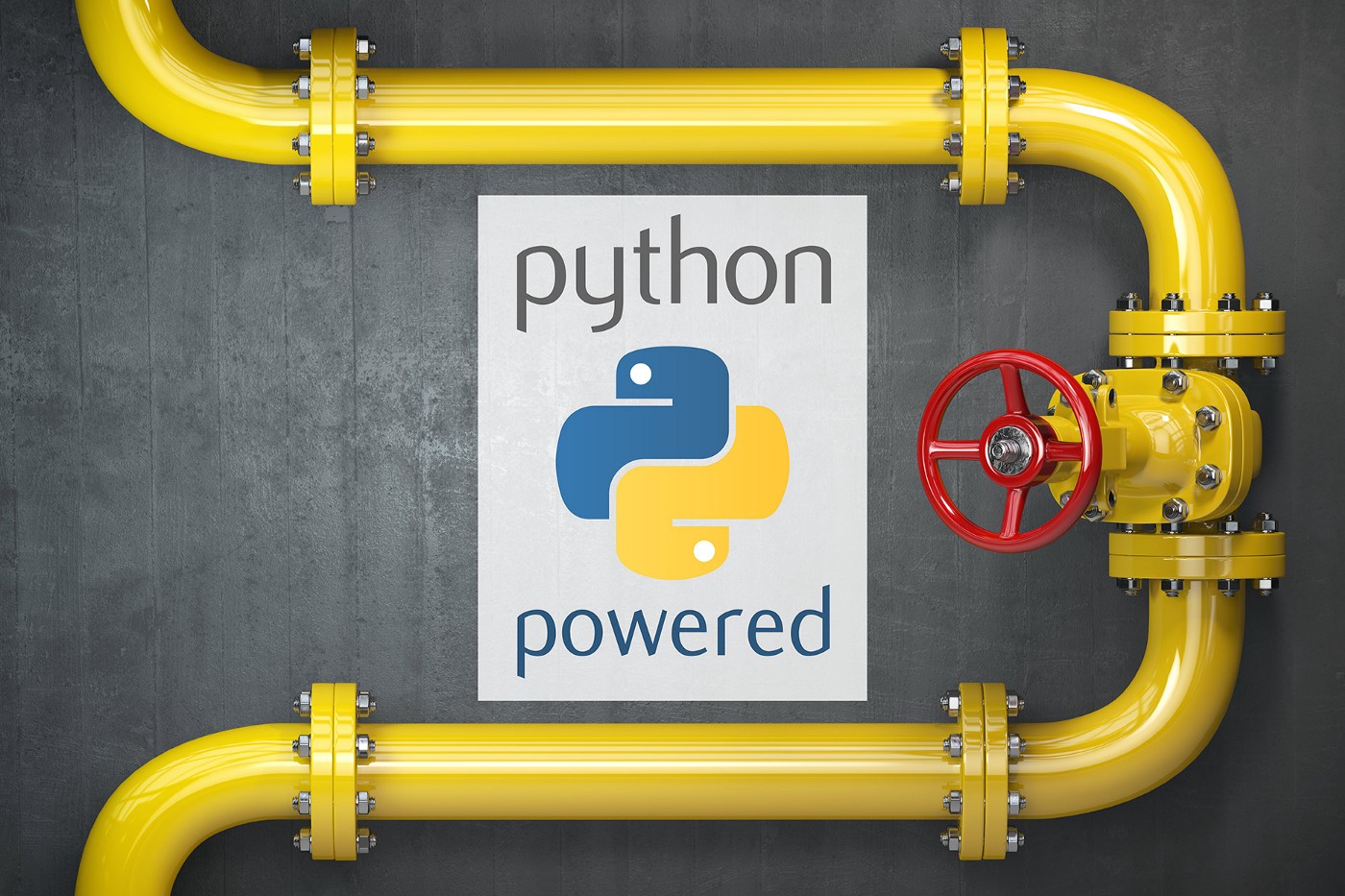A data pipeline is a series of data preparation procedures. Data pipelines allow you to transform data from one representation to another through a sequence of processes. Data pipelines are an important aspect of data engineering.
Finding information about your website’s visitors is a popular use case for a data pipeline. You understand the value of visitors viewing real-time and historical data, just as you do in Google Analytics. Then there is a succession of phases, each of which produces an output that serves as an input to the next. This continues until the pipeline is completely full. It is feasible to conduct distinct phases simultaneously in some cases.
Data pipelines transport raw data from software-as-a-service (SaaS) service systems and database sources to data warehouses for usage by analytics and business intelligence (BI) tools. Developers can construct pipelines by creating code and manually connecting with source databases.
Table of Contents
Architecture of Data Pipelines:
The design and structure of code and systems that copy, clean, or convert source data as needed and route it to destination systems such as data warehouses and lakes is known as data pipeline architecture. Three variables influence how quickly data moves through a data pipeline:
- The rate or throughput of a pipeline refers to how much data it can handle in a given amount of time.
- Individual systems inside a data pipeline can be fault-tolerant thanks to data pipeline reliability. A secure data pipeline with built-in auditing, logging, and validation processes may assist ensure data quality.
- The time it takes for a single unit of data to flow through the pipeline is known as latency. Latency is more concerned with reaction time than with volume or throughput.
- To discover more about our data analytics courses, contact our specialists.
Creating A Pipeline In Python:
The architecture of a data pipeline is tiered.
Data Sources
SaaS offers tens of thousands of data sources, and each organization hosts hundreds more on its systems. As the initial layer of a data pipeline, data sources are critical to its architecture. Without quality data, there is nothing to ingest and send through the pipeline.
Ingestion
The intake components of a data pipeline are the procedures that read data from data sources. An extraction technique reads from each data source using an application programming interface (API) given by the data source. However, you must first choose what data you want to acquire through a process known as data profiling.
Transformation
It’s possible that data collected from source systems will need to be restructured or formatted. Filtering and aggregation are all part of the process, as is converting coded data to more descriptive ones. The combination is a particularly significant transformation type. Database joins are used to take advantage of relationships embedded in relational data structures.
The time of any transformations is determined by whether an organization wishes to replicate data using ETL (extract, transform, load) or ELT (extract, load, transform) (extract, load, transform). ETL is an outdated technology that transforms data before loading it to its final destination. ELT, which is utilized in current cloud-based data centers, loads data without undergoing any change. A data client may then apply their data transformations inside a data warehouse.
Destination
The data pipeline’s water towers and storage tanks are the final destinations. A data warehouse is a primary destination for data copied via the pipeline. All cleansed, mastered data from a company is consolidated in these specialist databases for analysts and executives to utilize in analytics, reporting, and business intelligence.
Less-structured data can flow into data lakes, where data analysts and scientists can access huge amounts of rich and minable data. Finally, a company can input data straight into an analytics tool or service that takes data feeds.
Monitoring
Data pipelines are complicated networks made up of software, hardware, and networking components that are all vulnerable to failure. To maintain the pipeline functioning and capable of extracting and loading data, developers must implement tracking, logging, and alerting code to assist data engineers in controlling output and resolving any issues that arise.
COUNTING VISITORS IN PYTHON USING DATA PIPELINES:
We need the means to transfer data from one stage to the next in each situation. If we point out the next phase in the database, which is counting IPs by day, it will be able to query and remove events as they are added over time. Although we can gain greater performance by utilizing a queue to move data to the next step, performance is not critical for now.
After executing count visitors.py, the visitor counts for the current day should be written out every five seconds. If you run the scripts for numerous days, you’ll get multiple days of visitor figures. Congratulations! You have learned to create and manage a data pipeline in Python.








